|
by Jessica Rios originally published December 2016 in The Natural Parent magazine When I was in college, I heard about hippies living together on communes. It sounded so wild, so flowery, so free. Midwives, breast milk, raw honey kind of free. Then my college roommates came along. Our house was nowhere near as clean as my mother had kept ours. Dishes sat stinky in the sink for days. Dust piled up in every corner. Hangovers permeated the air and post-rugby sweat lingered on sofa pillow cushions. Living in a commune with a bunch of pals turned into the last thing I wanted. Fifteen years later I gave birth to a baby girl at home. Candles were lit in every room. My patient husband and mother were there. Our midwife and her angelic assistants whispered with strength and service as the baby moved lower, down, down. By then, I’d grown to treat my home like an altar. Home became a space where everything in it was beautiful for my eyes and soothing for my heart, where every single thing either brought me joy to look at or to use, and was well tended to. I didn’t clean once a month for six hours; tending to my space was a practice everywhere I walked. Creating beauty and order was a meditation. Creating home had become a passion — a home that felt capable of holding me in all the ways I’d grown to give and show up in this world. I liked having my own space, where I could place a turquoise vase of white tulips on any windowsill I chose without having to democratically discuss it with an entire community of cohabitants. Roaring like a tiger — literally, you know it, mamas — I sat on the birthing stool at the edge of my bed, a volcano about to erupt from my womb, and our daughter emerged. With pneumonia. We spent the next 10 days and nights in the NICU (Neonatal Intensive Care Unit). Her lungs got oxygen pumped into them to grow. I held her little body for only about an hour every day. Her father and I stared at the vitals monitor, hour after hour, our little pink skinned baby laying in her Isolette with tubes in her nose and taped to her belly. My breastmilk supply was insufficient. And five months later, my long time soul mate, a female red Queensland Heeler dog named Lusa, developed lumps near her ribs and passed away as I held her body and she took her last breath. I was depressed. Thirteen months later, the fog of depression lifted. But for all those months my head and heart hung low, bathed by the sorrowful waters of life’s rigor. Did I need more aerobic exercise? Sure. More grieving, to process the trauma? Sure. Yet there was one word that kept repeating itself, an echo of wisdom from deep in my womb, over and over and over again as the months of depression carried on. One word that captured what a solution would feel like. One word that spoke of the medicine a mother like me so painfully needed in these times. Village. I would think, staring at my baby’s perfect face as she slept in my lap, If only I could call a friend to come and make me tea and cry with me. I would wonder, How sweet would it be if we could easily cook dinner with three other families, with no transportation involved… just as a way of life? I yearned for an easier and built-in sort of community, one that seemed so natural, so good for life, so good for mothers. Village. What I longed for turned out to be something many other mothers longed for too. We felt a sense of loss, as if our ancestors had something we have somehow since forgotten. One year later in my classic entrepreneurial leadership style, I formed a group to discuss village living. Where would we form a village? What would it look like? How many families, what ages, and what were all the legalities involved? And what kinds of challenges might we face? Knowing the interpersonal dynamics would likely be the most challenging part, the issue I’d always bring to the table was how we would “be” in relationship. What kinds of agreements and other structures would we create to support our village experiment — without running in opposite directions hating each other after all was said and done? Sure, our ancestors made it work. Men went out hunting while women cared for the children in the caves and tipis. Yet times are different now. Fences and property lines were about as common for our ancestors as lawnmowers, especially the reality of every single home on a city block having its very own lawnmower. And tool shed. And kitchen to clean. And its very own need for specific arrangements to be made every time the residents go travelling: pet sitters, plant waterers, mail collectors. Its very own mortgage and sprinkler system and electricity bill to file and pay. (See how heavy this is feeling? There has got to be a better way.) Eventually, the "Village group" dissolved, but not because there’s not great longing for Village. We dissolved because life in the San Francisco Bay Area is busy, and I felt pulled to let the Village vision simmer awhile as I focused on other things. What has come clear since then is this: Village is a healthy, fulfilling way of life that would be optimal for women, children, men and most things in between. It’s also clear that going back to how things were for the hippies of the 1960s and ‘70s isn’t quite what’s wanted for those of us yearning for Village today. What isn’t clear is how we do it, in the modern world. Not every one of us has a Trust that enables the purchase of acreage to form a community based on Village values. And even when we do, the reality is that it’s still not easy to make it work. Distilling the issue down to what it looks like — and what values are at play — appears to be the most helpful approach for the 1,000s and 1,000s of families who want to create a more community-oriented “Village” lifestyle. 1) Share food. Whenever possible, invite friends over for meals. Consider an exchange twice a month with one family; you cook once and they cook once. This creates deeper bonds, makes dinnertime more fun, and spices up the routine that can dull long term relationships. Or how about a dinner coop with eight families who each cook twice a month, and receive three meals cooked for them every other Sunday? 2) Share childcare. When families share land, children can run out your door without needing to schedule play dates. When we don’t, trading childcare hours is an option. We’ve never hired a babysitter — not because we think it’s wrong or bad, but — just because it seems more sensible to ask the people who adore our child to hang out with her when we can’t. Our neighbor a few doors down has become a cherished friend and gets along great with our daughter. We look for ways to share our time and love with her; she spends time with our daughter. We don’t pay her; she loves it! And we all build Village in the process. Isn’t life all about relationships, anyway? 3) Share chores and tools. Instead of always cleaning your own house alone, why not trade with a fellow mama whose company you cherish? You bring wine to her house once a month and clean for three hours together with Fleetwood Mac blasting on the stereo. She does the same for you, only it’s Lila Downs at your casa. You could set up a Home and Garden Coop using painted popsicle sticks to show credit for how many hours each family has pitched in to the group. Then when you need your laundry room painted Moroccan Orange, you can cash in some sticks and call in a small crew to drink Maghrebi Mint tea and paint with you. Maybe your man is great at fixing bikes and your bestie’s man is skilled with knife sharpening. They can trade, eh? Just takes a little coordination. As long as too many beers aren’t involved, the dance should go just great. 4) Share your dreams. As with any longing, when we get obsessed with it, things don’t go so well. But we can hold onto the dream of living Village, keeping it tucked close to our chest and seeing how life shows us it’s listening. Maybe having shared land or co-housing just isn’t in the cards for us, yet we can ask for “this or something better” as is often said by the enchanting Caroline Casey of Coyote Network News. We can honor our dream for Village living by tending to it as if it’s a dear friend. Listening to it, talking about it, paying attention to it. By living the values and feelings associated with Village life — and by making our lives look more like the way Village speaks to us through our child-honoring wombs — we can satisfy a deep, deep longing that cannot be denied. As with anything that makes life truly rich, the desire to live a Village life is well worth exploring. P.S. There is nowhere I would be that's worthy of being, without the loving power and care of my very dear girlfriends. I'm dosing up with joy here, by posting a 'gallery' grid of photos taken with lady loves over the last 10 years or so.
Deepest ode, girlfriends. You are my Village!
2 Comments
Steven Perry
1/4/2017 07:22:49 pm
I've long thought about something similar. Here's what I thought it might look like. Buy some amount of land. Build a "community room" which probably has a kitchen and a bathroom (or not). Each family unit is responsible for their own private living space. Might be a trailer, or small unit on a foundation. I know this isn't simple. Lots of details to work out. But that's it, roughly.
Reply
Liza Tedesco
1/10/2017 01:52:41 pm
Your writing style is so lush and reminiscent of the keenly vibrant style of Sandra Cisneros.
Reply
Your comment will be posted after it is approved.
Leave a Reply. |
AuthorJessica Rios, Founder of Leaning into Light, was born with a divine pen in her pelvis. Her heart writes for her; Love is her 'religion'. A lifelong letter writer and a thought leader in Love, her blog is devoted to her greatest passion: illuminating the beauty of the human spirit so we all move closer to remembering that Love is Who We Are. Categories
All
Archives
May 2024
|



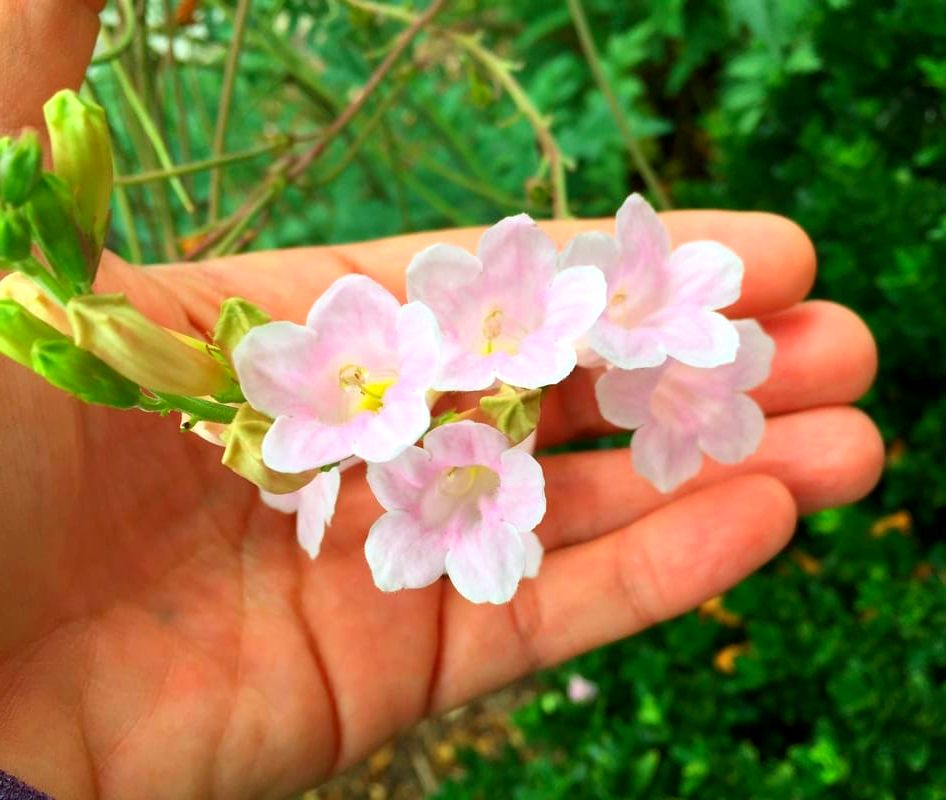
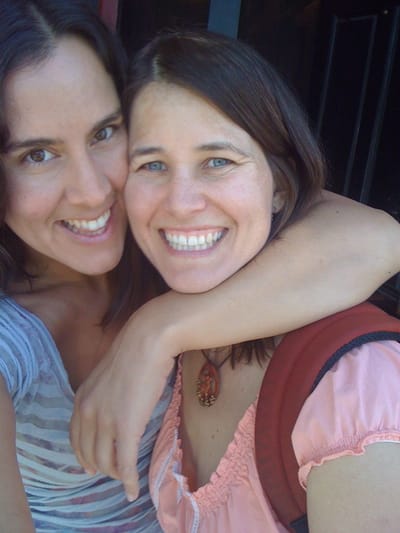
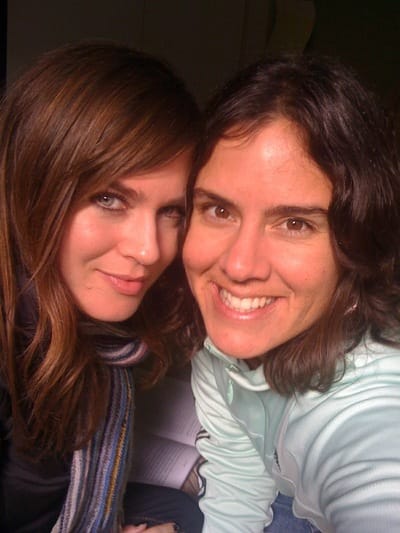
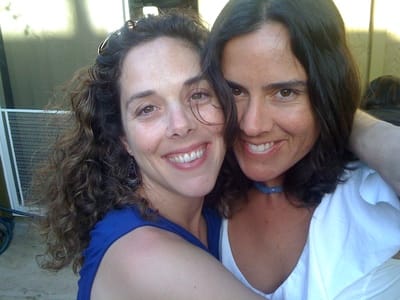

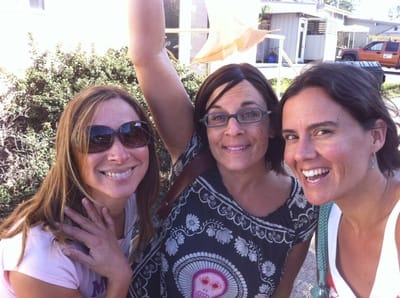
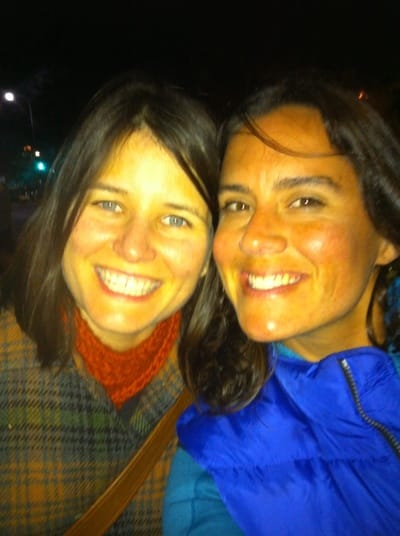

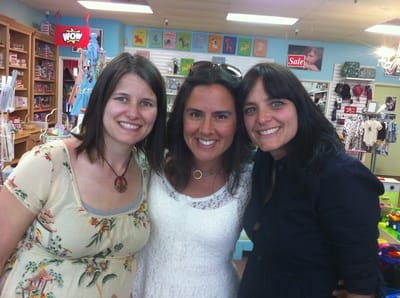
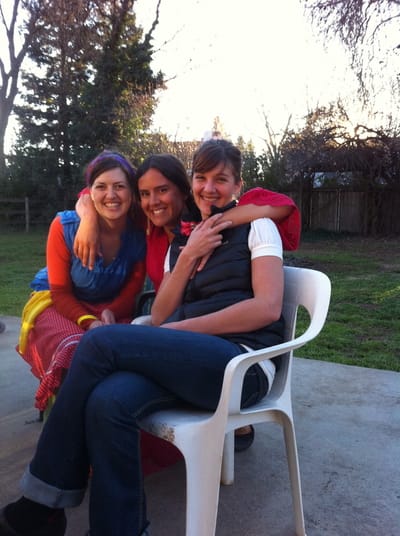
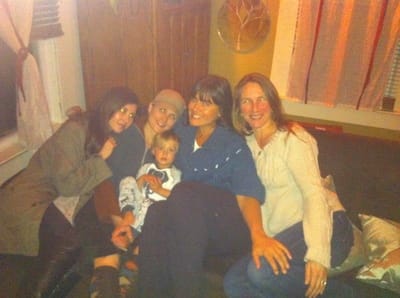
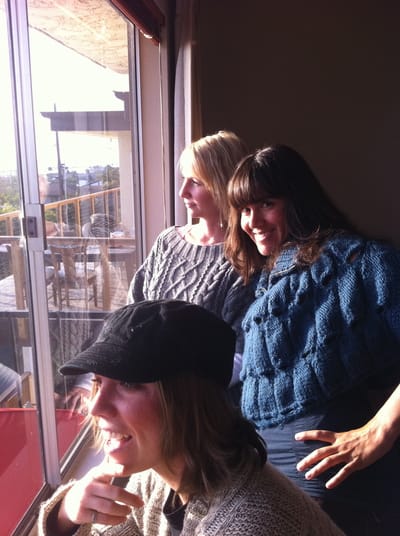
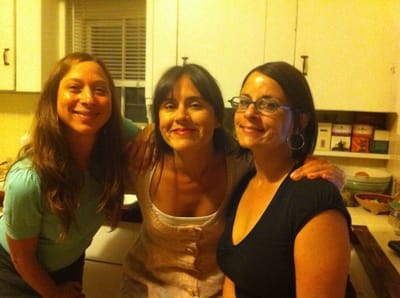

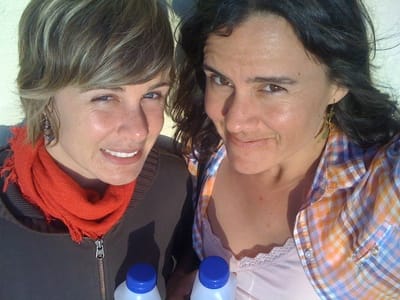
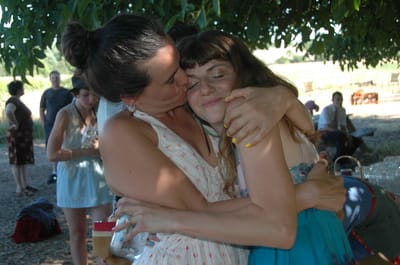
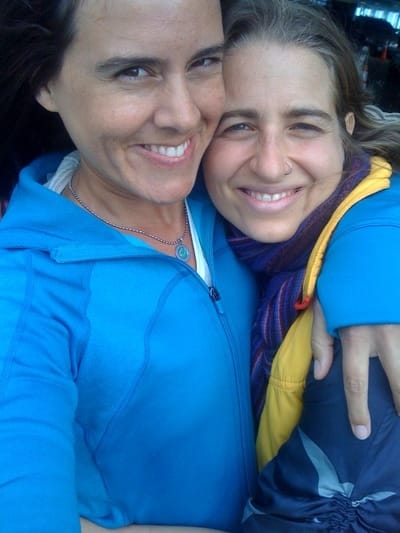
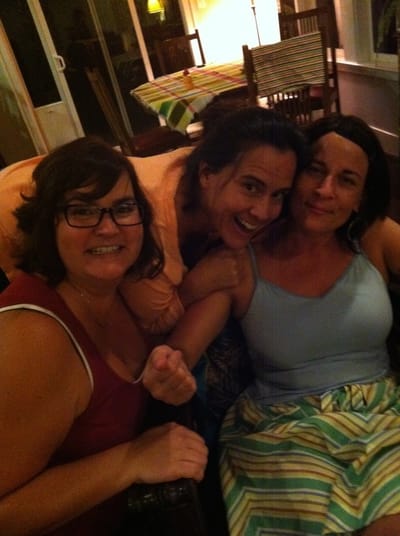
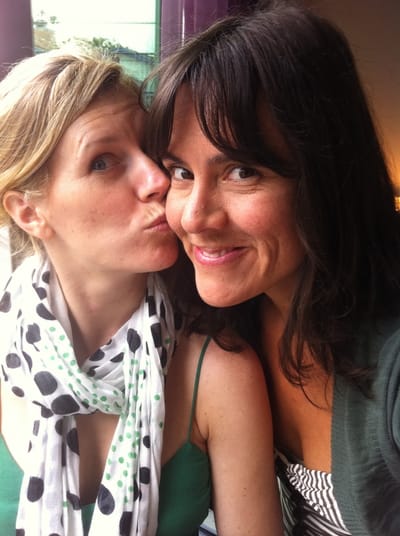
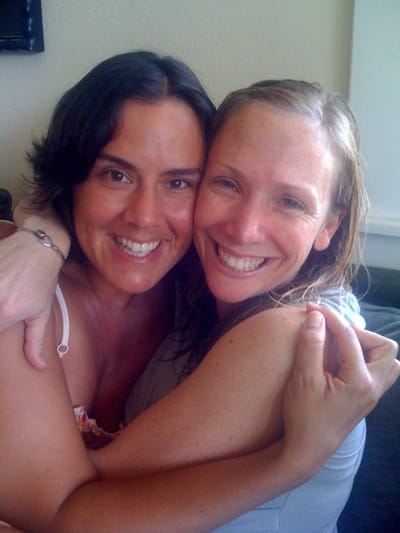
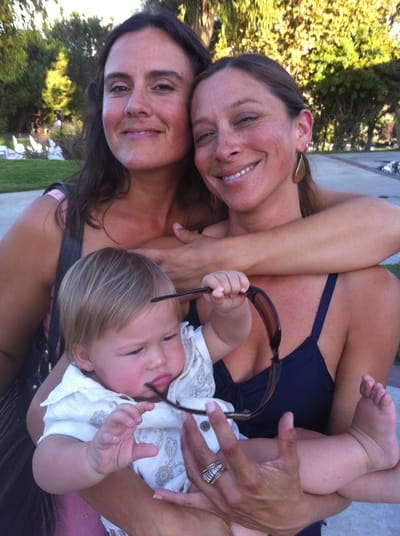
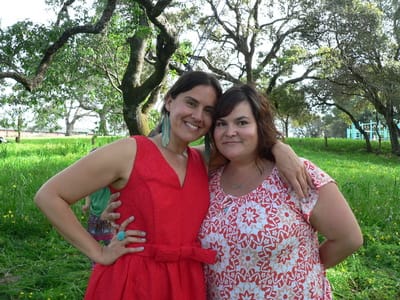


 RSS Feed
RSS Feed